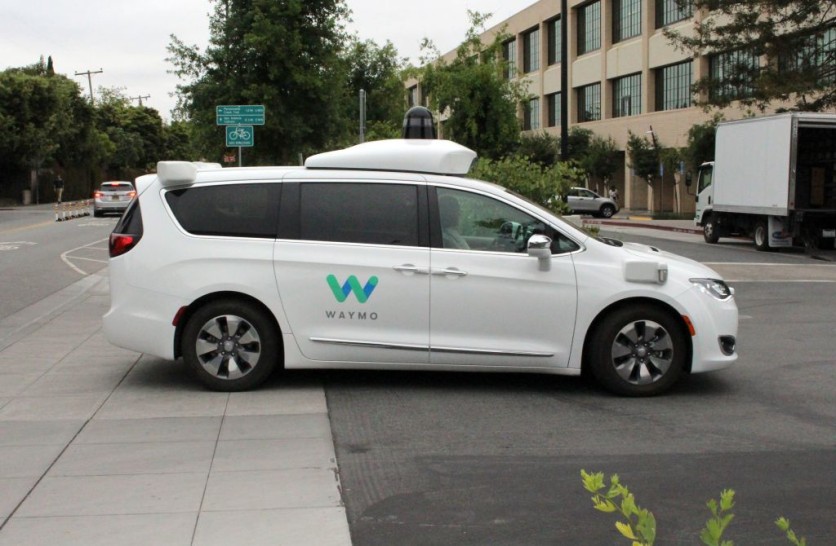Waymo has introduced Waymax, a new simulator catering to the autonomous vehicle (AV) research community. This tool offers a controlled environment for training intelligent agents, equipped with preconstructed sim agents and an extensive repository of Waymo perception data.

Waymo Reveals Waymax Role in Behavioral Research in the AV Domain
Waymo explained the purpose of Waymax, emphasizing its role in facilitating behavioral research within the AV domain. Waymo said the simulator leverages the streamlined object representation and bounding box framework from the company's Open Motion Dataset.
Notably, it reportedly alleviates the need for users to independently process raw sensor data for perception tasks. Waymax is developed entirely using JAX, a platform that streamlines simulation execution on hardware accelerators.
It enables programming within a unified computational graph and harnesses JAX's functional transformations, including JIT compilation. Key features of Waymax encompass data management capabilities.
It enables the seamless retrieval of data from the Waymo Open Motion Dataset, either from local storage or via remote streaming through Google Cloud. Access to the Open Motion Dataset necessitates registration through the official Waymo website.
In terms of metrics, Waymax incorporates a range of evaluation criteria for behavior assessment, encompassing parameters like Log Divergence, Collision Detection, Offroad Behavior, Wrong-Way Movement, and Kinematics Infeasibility.
These metrics can be used to evaluate simulated rollouts or open-loop predictions from behavior models. Waymax offers support for two distinct vehicle simulation models: direct state-based control and control via the kinematic bicycle model.
By default, the simulation is configured to operate at a frequency of 10Hz, consistent with the settings employed by the Waymo Open Motion Dataset.
The bicycle model operates under acceleration and steering controls, simulating the vehicle as a frictionless, rigid body. The state-based control model grants users direct control over position, orientation, and velocity without being bound by kinematic constraints.
Read Also : Will Cruise and Waymo Be Allowed to Expand Robotaxi Services in San Francisco Amid Safety Concerns?
Modeling Uncontrolled Objects of Waymax
In addition to vehicle simulations, Waymax encompasses provisions for modeling uncontrolled objects within the environment. This can be achieved through log playback and an Intelligent Driver Model (IDM)-based route-following approach.
Log playback replicates recorded object behavior from the dataset, while the IDM-based model adheres to recorded paths while adjusting speed profiles based on the positions of neighboring vehicles.
Waymax also offers interfaces tailored for Reinforcement Learning (RL) training. These include a stateless simulation interface akin to the Brax API and a stateful interface implementing the dm-env API, catering to various research and development scenarios.
Waymo's introduction of Waymax exemplifies their commitment to advancing AV research and underscores their dedication to providing cutting-edge tools for the global research community.
The company said that Waymax is "designed to support behavioral research (single and multi-agent planning, behavior prediction, sim agents) using the minimal representation of objects and bounding boxes adopted by the Waymo Open Motion Dataset, without the need for users to run their own perception system from raw sensor data."
Related Article : Uber and Waymo Collaborates to Bring Ride-Hailing and Self-Driving Cars Under One Service

ⓒ 2025 TECHTIMES.com All rights reserved. Do not reproduce without permission.




